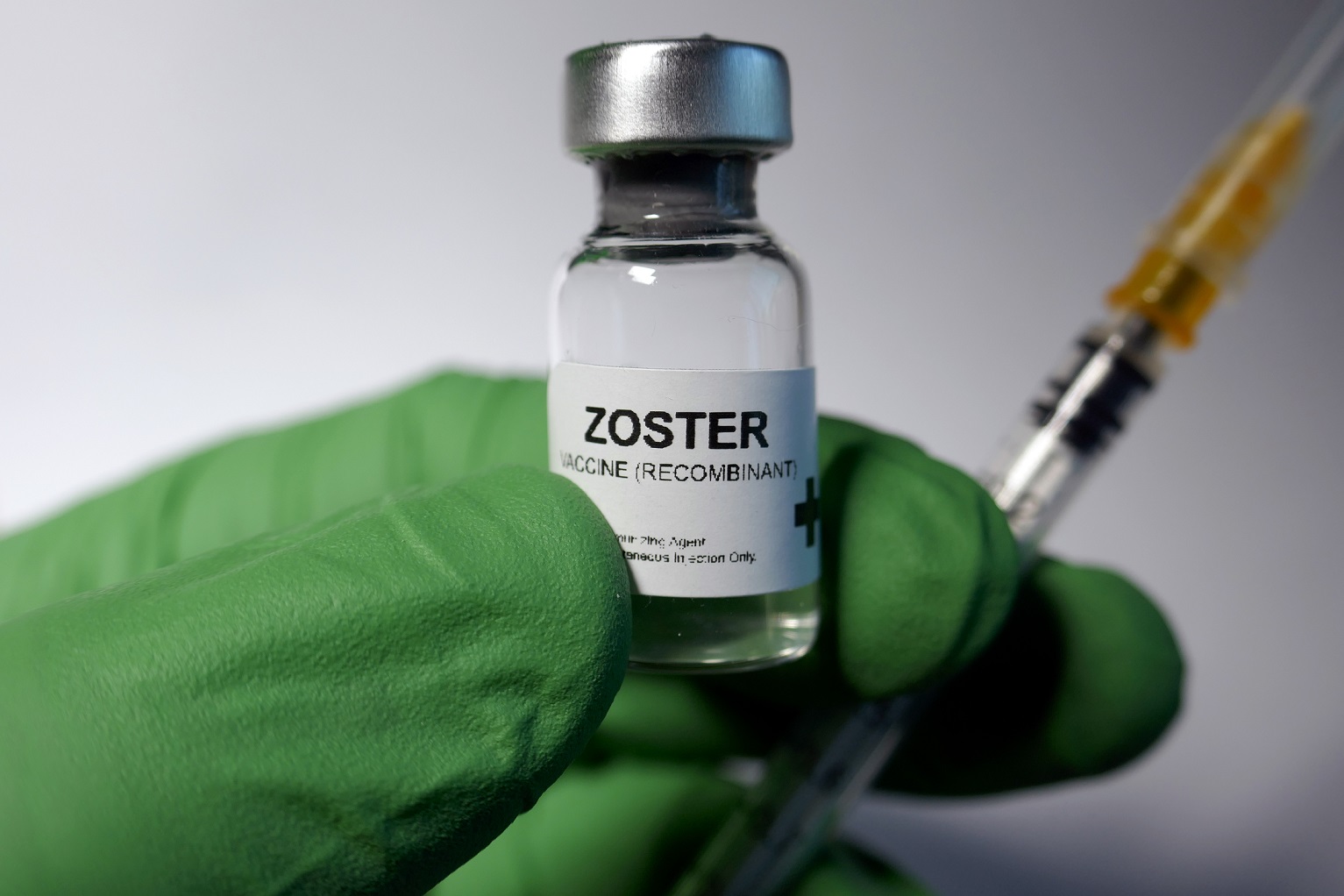An estimated 1 in 13 children in the United States now have food allergies, a 50 percent increase in the incidence of food allergies between 1997 and 2011. Food allergy researchers have suggested there are several factors contributing to this increase, including shifts toward more processed diets, insufficient levels of vitamin D from limited sun exposure, and the “hygiene hypothesis.” Researchers forwarding the hygiene hypothesis argue that the cleaner environments children live in today limit children’s exposure to microbes, which can cause their immune systems to react more strongly to certain foods.1
A 2025 study, which was conducted in Sweden and published in Pediatric Allergy and Immunology, supports the theory that delaying the introduction of allergenic foods to infants could be a factor contributing to the increase in food allergies.2
Sweden’s New Guidelines Aimed At Reducing Allergy Risks
Since 2019, the Swedish National Food Agency has recommended that parents breastfeed infants for at least the first six months and begin introducing solid foods around six months of age, but no earlier than four months. The recommendation encourages parents to start with small tastes of various foods and gradually increase portion sizes throughout the first year, regardless of the child’s potentially higher risk of developing food allergies indicated by a family history of allergies.
Recent research indicates that these updated feeding guidelines have been successfully adopted by families across Sweden. As a result, a wider range of foods, including legumes and peanuts, are being introduced to infants at an earlier age than was previously suggested before recommendations were revised.
There is evidence now that early introduction of eggs and peanuts can help reduce the risk of babies developing allergies to these two foods; however, there are still outstanding questions about other allergenic foods and the optimal timing of introducing them to babies.3
Researchers in Sweden studied the food allergy data on 2,060 babies by having parents complete a questionnaire that measured their infant’s diet diversity at six and nine months. The questionnaire asked how often babies ate 14 different foods, including six common allergens: wheat, egg, fish, dairy, nuts (especially peanuts), and soy.4
The study found that introducing a variety of foods to babies at nine months can reduce the risk of food allergies by 18 months, especially for babies with eczema or no family history of allergies. It showed that offering more types of food at nine months, regardless of how often they were eaten, was linked to a lower allergy risk; however, introducing more foods at six months did not seem to have the same effect.5
The researchers also emphasized the importance of offering plant-based foods, such as fruits, vegetables, and legumes, which may help reduce the risk of food allergies. They noted that previous studies did not consider how often babies ate certain foods, but stated that this study’s focus on food frequency could provide valuable insights into preventing food allergies.6
While the Swedish feeding guidelines recommend introducing solid foods at around six months, the study found that starting solids before four months might help babies develop a more varied diet by six or nine months. However, starting solids too early, before four months, did not directly lower the risk of food allergies.7
The study also found that babies with eczema who were given a more varied diet at nine months seemed to have a lower risk of developing food allergies. This suggests that early exposure to different foods can help babies build tolerance, especially if they are at higher risk for food allergies,8 although introducing common allergens like peanuts or eggs before six months does not clearly reduce this risk.9
Evidence That Food Proteins in Vaccines May Cause Food Allergies
In addition to lab altered microbes contained in live attenuated virus and inactivated bacterial and viral vaccines and mRNAs shots, there are many excipients in biological products labeled vaccines, including adjuvants; preservatives; antibiotics; mineral salts; cell proteins; medium nutrients; DNA and other residual mediums and by-products; protein purifiers; buffers; emulsifiers, lipids and surfacants.10
In 2015, Vinu Arumugham published an article in Journal of Developing Drugs providing evidence for a potential association between food proteins and other excipients in childhood vaccines and immune system sensitization that can cause anaphylactic reactions, as well as the development of food allergies. Pointing out that people can have allergic reactions to influenza vaccines containing egg protein, and that there is evidence for a causal relationship between gelatin containing DTaP vaccine and gelatin allergies, and that another DTaP vaccine ingredient – casamino acid – “is dervived from milk proteins and results in allergy to dairy,” Arumugham said:
There are no specifications limiting allergen content in vaccines approved for use in the United States. In other words, no safe level has been established or enforced for allergens contained in vaccines. Vaccine excipient makers such as sorbitol, Polysorbate 80 manufacturers also have no limits on residual allergens in their injectable grade products. Since there are no limits, suppliers do not test for allergens in production. Further, residual allergens that may be present in the excipients are not even listed in the vaccine package inserts.11
Arumugham also pointed out that “pertussis toxin and aluminum compounds act as adjuvants,” with both of these ingredients included in whole cell DPT and acellular DTaP/Tdap vaccines. He said:
Injecting food proteins along with these adjuvants increases the immunogenicity of the food proteins that are present in the vaccines. With up to five shots administered simultaneously, numerous food proteins and adjuvants get injected at one time. This increases the probability of sensitization.
Research Needed To Identify All Causes of the Food Allergy Epidemic Among Children
Although introduction of foods known to cause allergy to babies at an earlier age appears to be one strategy that helps prevent development of food allergies in children, other researchers emphasize that identifying genetic variants, epigenetic and other environmental factors that predispose toward and make some individuals more susceptible to food allergy must be included in basic science and epidemiological research investigating all possible causes of the dramatic increases in food allergy among children over the past three decades. Authors of a 2021 study concluded:
The risk factors for food allergy (FA) include both genetic variants and environmental factors. Advances using both candidate-gene association studies and genome-wide approaches have led to the identification of FA-associated genes involved in immune responses and skin barrier functions. Epigenetic changes have also been associated with the risk of FA. Little is known about possible modifying effects of genetic variation on the associations between environmental factors and FA… Future studies of gene-environment interactions, gene-gene interactions, and multi-omics integration may help shed light on the mechanisms of FA, and lead to improved diagnostic and treatment strategies.12
If you would like to receive an e-mail notice of the most recent articles published in The Vaccine Reaction each week, click here.
Click here to view References:1 Bruk D. The number of foods to feed your 9-month-old baby to slash allergy risk by 45%. New York Post Mar. 3, 2025.
2 Bodén S. et al. Diversity of complementary diet and early food allergy risk. Pediatric Allergy and Immunology 2025; 36(1): e70035.
3 Ibid.
4 Ibid.
5 Ibid.
6 Ibid.
7 Ibid.
8 Ibid.
9 Ibid.
10 Johns Hopkins Institute for Vaccine Safety. Excipients in Routinely Recommended Vaccines: Table sorted by Excipient and Vaccine Type. Apr. 7, 2025.) A number of these ingredients can cause inflammatory responses and it is unknown whether singly or in combination after repeated exposures through vaccination, they are contributing to development of food allergy, especially in a susceptible child.
11 Arumugham V. Evidence that Food Proteins in Vaccines Cause the Development of Food Allergies and its Implications for Vaccine Policy. J Develop Drugs 2015; 4: 137.
12 Johansson E, Mersha TB. Genetics of Food Allergy. Immunol Allergy Clin North Am 2021; 41(2): 301-319.













3 Responses
It’s not a mystery. How do they make lab animals allergic to something for research? Through use of Alum base models. “Alum-based models of allergic airway disease typically use a dose of 10–100 mg of protein antigen adsorbed onto 1–2 mg of aluminium hydroxide administered intraperitoneally or subcutaneously. The immune response is then boosted approximately 10–14 days later with a repeated injection.
Source: Use and limitations of alum-based models of allergy. By S C Eisenbarth
As well as one of the most commonly overlooked issues; Milk and dairy products do not have equivalent food labeling requirements. The non organic milk, and many organic milks which receive low organic milk scores, can have glyphosate in there. Because they do not require clear ingredient labeling. Many processed milks have more sugar than your average soda pop. As the public is once again re introduced to the facts many baby formulas are not safe, there is that too, although the information has been around for decades.
Then you get leaky gut from the genetically modified oversized over active proteins in the food substances, even if just temporarily the damage can be done. Then the food goes past the GI tract, and developed allergy’s can occur with lasting memory within other body tissues not designed to be routinely exposed to semi digested foods.
Couple that with an increased load of toxins in older past infantile ages, add vaccines which similarly bypass the bodies natural intake defenses such as skin and digestion, and you get a myriad of health issues such as gluten intolerance, dairy intolerance, specific allergy, lower digestive ability requiring sensitive food diets, and other more serious conditions such as the speculated autism link. You are what you eat.
Personally we ignored most of the guidelines except for honey at a young age so the kids did not choke. The high end organic formulas were simply too expensive and as we actually dared to try all the baby food for the infant children we learned in short order if we don’t want to eat those, neither should the child. So we ate a lot of apple sauce, soft dairy organic, home pureed fruit and veggie mix items, various pastas and bread bits.
The notion we need ‘baby food’ is not entirely accurate. Baby’s need healthy safe food they will not choke on. Otherwise most of the baby food products and associated branding are for the sake of convenience so parents can grab and go off the shelf, not necessarily wise or cost effective food strategies. How do they make baby food that goes into those tiny little squeezie packets and mini one ounce jars, then charge such high pricing? Hint; The production facility blends them ahead of time. Then one problem, spoils faster or has preservatives or sugar additives to make sure they keep on the shelf to minimize profit loss.
We skipped the middle man, Shopped fresh and used a quality mini blender at the first reasonable time opportunity, introduce the child to solid foods over time as their teeth come in. The guidelines are like any other practice, one size does not fit all. Just like we listen to our bodies we learn and train ourselves and our children to listen to theirs. They’ll tell you if it’s working or not, guaranteed. Keep those bubble suction emergency choke remove food squeeze dealies just in case, although we never needed one we still kept one around.
It’s good the government is officially looking into these issues more. As usual, they’re more than a decade behind of what conscientious consumers whom choose to be self educated on food and product safety have already long since known. The research will remain incomplete until they ‘discover’ the relations between oversized GM food proteins and leaky gut theory as well.
I had many allergies.
After a holistic Dr. told me to no sugar my allergies went away.
Stay away from inflation food.
Cooked oil, processed sugar, white flour, artificial ingredients…